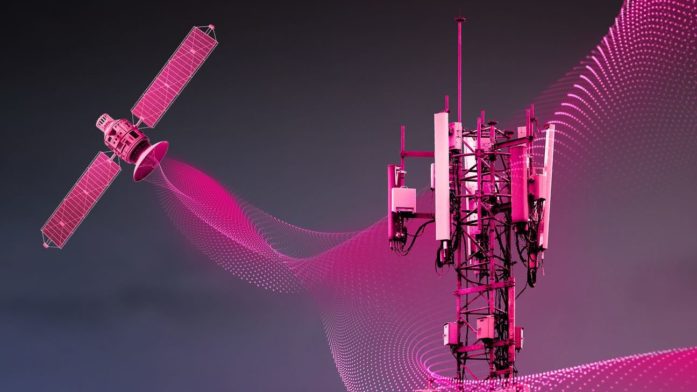Deutsche Telekom highlighted that its 5G network currently covers 96% of the German population
German telco Deutsche Telekom said it has achieved its targets in terms of fiber optic deployment. The carrier said it made more than 2.5 million new fiber optic connections possible in 2023.
The operator noted that a total of eight million households in the country now have access to a fiber optic connection.
Deutsche Telekom’s fiber optic network spans around 730,000 kilometers and the telco explained that it has now connected 3,000 commercial areas to the fiber optic network.
“Telekom will continue to accelerate its expansion in the coming year. The goal is to once again bring fiber to more than 2.5 million new households. Telekom wants to achieve the sound barrier of ten million fiber optic connections by 2024,” the operator said in a release.
Deutsche Telekom confirmed it expects to launch its 5G Standalone (5G SA) offering to private customers in Germany next year.
The carrier also highlighted that its 5G network currently covers 96% of the German population. Deutsche Telekom’s 5G network has 80,000 5G antennas, including over 10,000 antennas transmitting on the 3.6 GHz band in more than 800 cities and municipalities across the country.
The operator’s 5G technology is currently offering download speeds of up to 1 Gbps and that the telco expects to reach 99% of the population in Germany with 5G by 2025.
The telco also began the deployment of Open RAN (O-RAN) in Germany in December, in collaboration with Nokia and Fujitsu. The telco expects to have 3,000 O-RAN compatible antennas by the end of 2026.
Deutsche Telekom also said it has implemented 53 campus networks across Germany.
In August, Deutsche Telekom said it has already connected 83% of all 5G mobile communications locations nationwide with fiber optics.
The telco also said that more than 10,000 5G mobile sites now have fiber optic connections with a speed of 10 Gbits, accounting for around 40% of all 5G mobile radio systems. By 2026, Deutsche Telekom will equip more than 28,000 cell phone sites with high-speed connections at 10 Gbits.
The telco also highlighted that 5G antennas on the 3.6 GHz frequency are particularly powerful because they are almost exclusively connected to the transport network with a 10 Gbits connection via fiber optics.
The telco added that the 3.6 GHz frequency band supplements the 5G frequencies in the 700 MHz and 2.1 GHz range, which are already in use nationwide in the Deutsche Telekom network. Especially in densely populated areas, the 3.6 GHz frequencies ensure particularly high download speeds and smooth mobile phone coverage, the carrier said.

